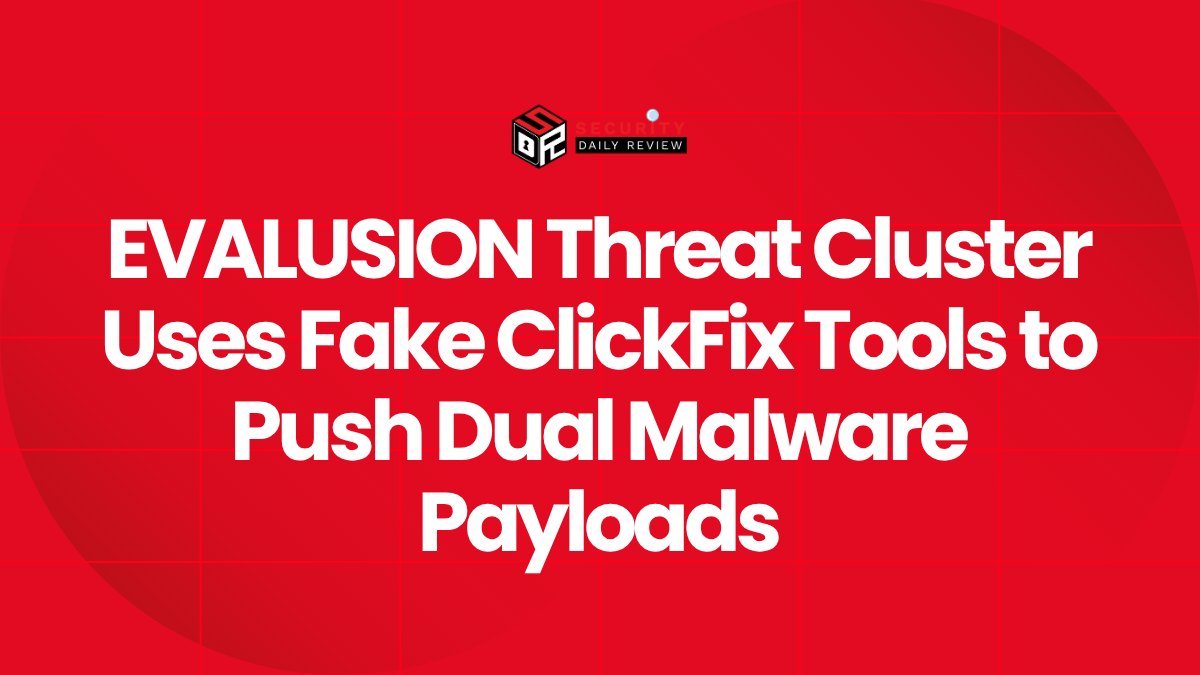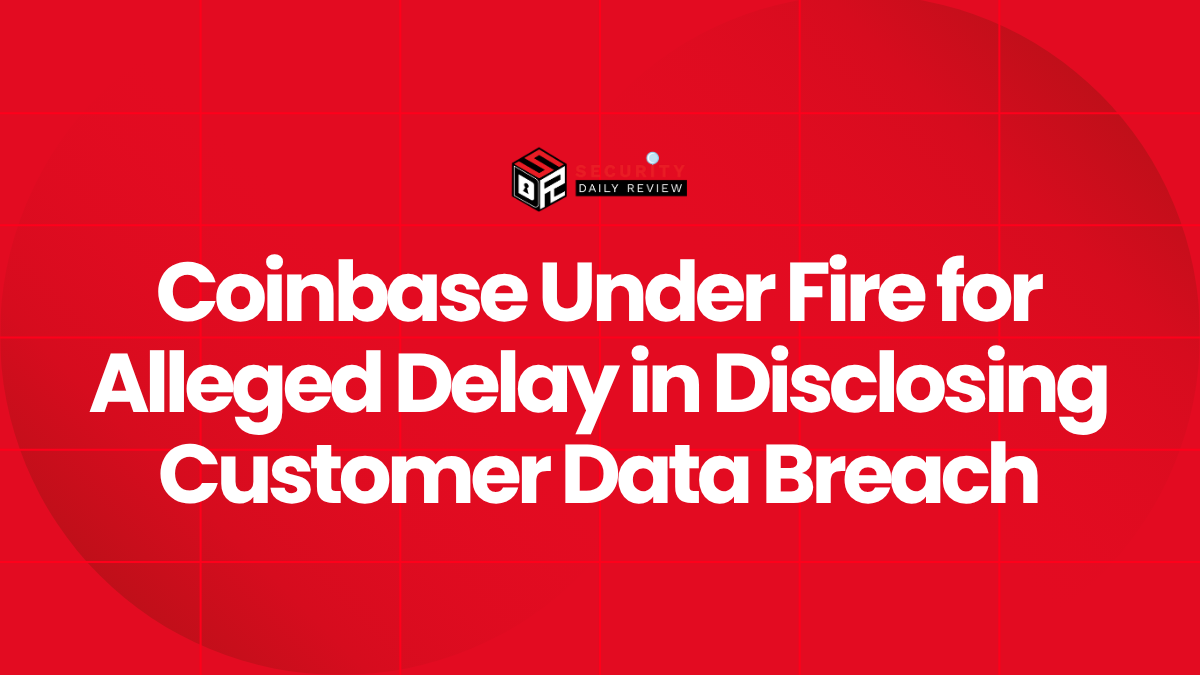Staying ahead of emerging cyber threats requires continuous monitoring of newly disclosed vulnerabilities, exploitation trends, and post-compromise behaviors. This page provides a detailed breakdown of recently identified CVEs and high-risk threat activity, including severity scores, exploitation status, affected endpoints, and authoritative reference links. Security teams can use this intelligence to prioritize patching, improve detection rules, and strengthen incident response preparedness. Each entry follows a standardized format to support rapid review and informed decision-making.
CVE Alert: CVE-2025-46482
Vulnerability Summary:
CVE-2025-46482 pertains to a security flaw identified in certain software components. The vulnerability arises due to improper input validation, leading to potential unauthorized access or code execution. Attackers exploiting this vulnerability can compromise system integrity and confidentiality.
Affected Endpoints:
Specific endpoints affected by this vulnerability have not been disclosed.
CVSS Score:
The Common Vulnerability Scoring System (CVSS) has assigned this vulnerability a score of 7.5, indicating a high severity level.
Exploit Status:
As of the latest reports, there is no evidence to suggest that this vulnerability has been exploited in the wild.
References:
CVE Alert: CVE-2025-1565
Vulnerability Summary:
CVE-2025-1565 addresses a critical vulnerability resulting from inadequate authentication mechanisms in certain applications. This flaw allows attackers to bypass security protocols, potentially leading to unauthorized data access and manipulation.
Affected Endpoints:
The specific endpoints impacted by this vulnerability have not been detailed in the available information.
CVSS Score:
This vulnerability has been rated with a CVSS score of 8.1, categorizing it as high severity.
Exploit Status:
There have been no confirmed reports of this vulnerability being exploited in real-world scenarios.
References:
CVE Alert: CVE-2025-46535
Vulnerability Summary:
CVE-2025-46535 highlights a security issue stemming from improper access controls in specific software modules. Exploitation of this vulnerability could allow unauthorized users to escalate privileges or access restricted functionalities.
Affected Endpoints:
Details regarding the affected endpoints have not been specified
CVSS Score:
The vulnerability carries a CVSS score of 7.8, indicating a high level of severity.
Exploit Status:
No exploitation activity has been detected concerning this vulnerability to date.
References:
CVE Alert: CVE-2025-1279
Vulnerability Summary:
CVE-2025-1279 pertains to a vulnerability caused by insufficient input sanitization in certain web applications. This flaw can be exploited to perform cross-site scripting (XSS) attacks, compromising user sessions and data integrity.
Affected Endpoints:
No specific information about the endpoints affected by this vulnerability.
CVSS Score:
This vulnerability has been assigned a CVSS score of 6.5, reflecting a medium severity level.
Exploit Status:
Currently, there are no reports indicating that this vulnerability has been exploited in the field.
References:
CVE Alert: CVE-2025-3870
Vulnerability Summary:
CVE-2025-3870 identifies a security weakness due to improper session management in certain applications. Attackers could leverage this flaw to hijack user sessions, leading to unauthorized access to sensitive information.
Affected Endpoints:
Specific endpoints impacted by this vulnerability have not been identified.
CVSS Score:
The vulnerability has been rated with a CVSS score of 7.2, denoting high severity.
Exploit Status:
There is no current evidence of this vulnerability being exploited in active attacks.
References:
CVE Alert: CVE-2025-46616
Vulnerability Summary:
CVE-2025-46616 is a critical vulnerability resulting from improper deserialization of untrusted data in certain application components. This flaw allows attackers to remotely execute arbitrary code on the server by supplying crafted serialized objects. It poses significant risk to applications that process serialized user input without strict validation.
Affected Endpoints:
Details about specific endpoints or software platforms affected by this vulnerability have not been disclosed.
CVSS Score:
This vulnerability has been assigned a CVSS score of 8.8, indicating a high severity level.
Exploit Status:
No known public exploits or active in-the-wild exploitation have been reported as of now.
References:
CVE Alert: CVE-2025-3868
Vulnerability Summary:
CVE-2025-3868 describes a security issue stemming from a lack of input bounds checking in a parsing module. This allows for buffer overflow attacks that could lead to application crashes or potential remote code execution if exploited with precision-crafted input.
Affected Endpoints:
The specific products or software versions impacted by this vulnerability have not been identified publicly.
CVSS Score:
The vulnerability has a CVSS score of 7.4, considered high
CVE Alert: CVE-2025-3866
Vulnerability Summary:
CVE-2025-3866 involves an insecure configuration issue where certain components are left exposed with default credentials or insufficient access controls. This oversight may allow unauthorized access to sensitive administrative interfaces or internal APIs.
Affected Endpoints:
No specific endpoint or product list is provided, but systems using the default insecure configuration are at risk.
CVSS Score:
Rated at 7.1 on the CVSS scale, this is a high-severity vulnerability.
Exploit Status:
There is no active exploitation reported yet, though the nature of this flaw makes it a likely candidate for opportunistic attackers.
References:
CVE Alert: CVE-2025-46617
Vulnerability Summary:
CVE-2025-46617 refers to a race condition vulnerability found in a multithreaded process, potentially allowing attackers to gain unintended access or corrupt memory. The issue arises when concurrent processes fail to handle memory or resource allocation securely under high-load conditions.
Affected Endpoints:
Details about affected software or services are currently undisclosed, likely pending vendor patches or investigations.
CVSS Score:
This CVE has a score of 8.2, making it a high-severity vulnerability.
Exploit Status:
No publicly known exploits or confirmed attacks have surfaced yet.
References:
CVE Alert: CVE-2025-3867
Vulnerability Summary:
CVE-2025-3867 outlines a vulnerability due to improper validation of cryptographic tokens, allowing attackers to forge authentication tokens and bypass access controls. This affects systems relying on token-based authentication without proper cryptographic verification routines.
Affected Endpoints:
The specific systems or authentication mechanisms affected have not been disclosed in the current alert.
CVSS Score:
The vulnerability is rated 8.5 on the CVSS scale, categorizing it as high severity.
Exploit Status:
No exploitation attempts have been reported in the wild, but the nature of the vulnerability suggests potential for targeted attacks.
References:









